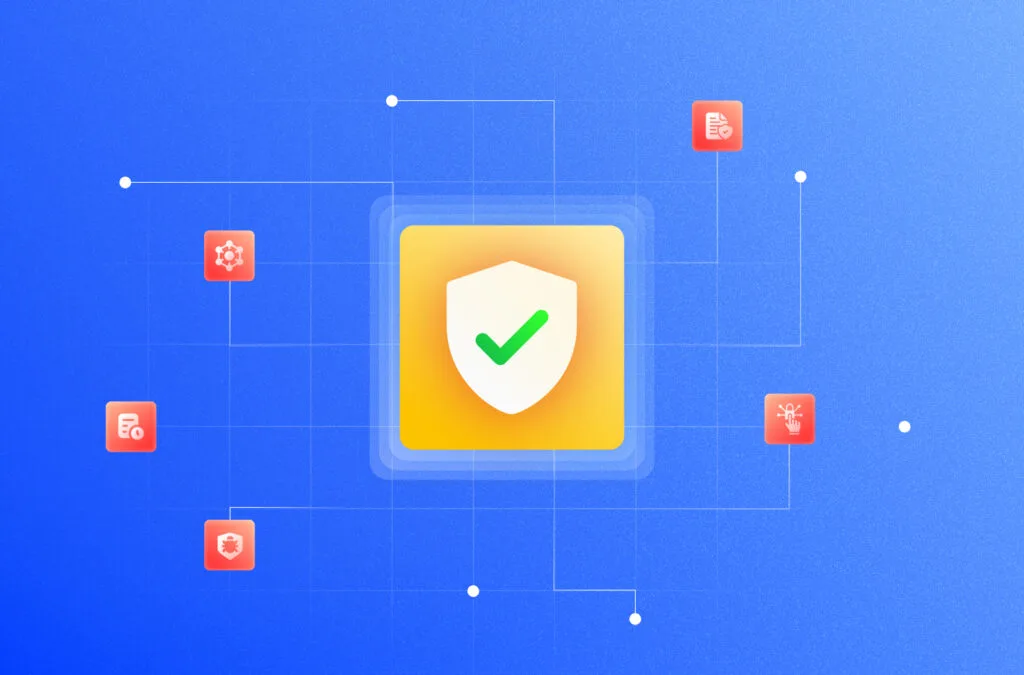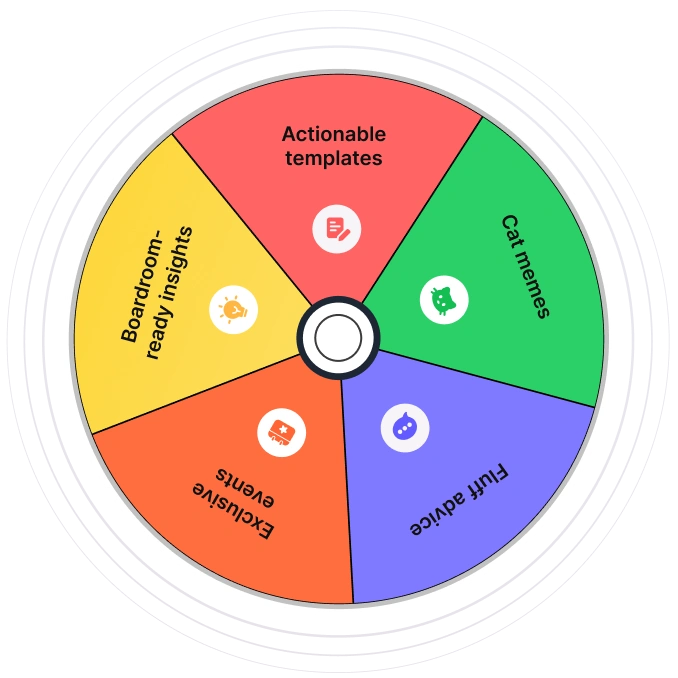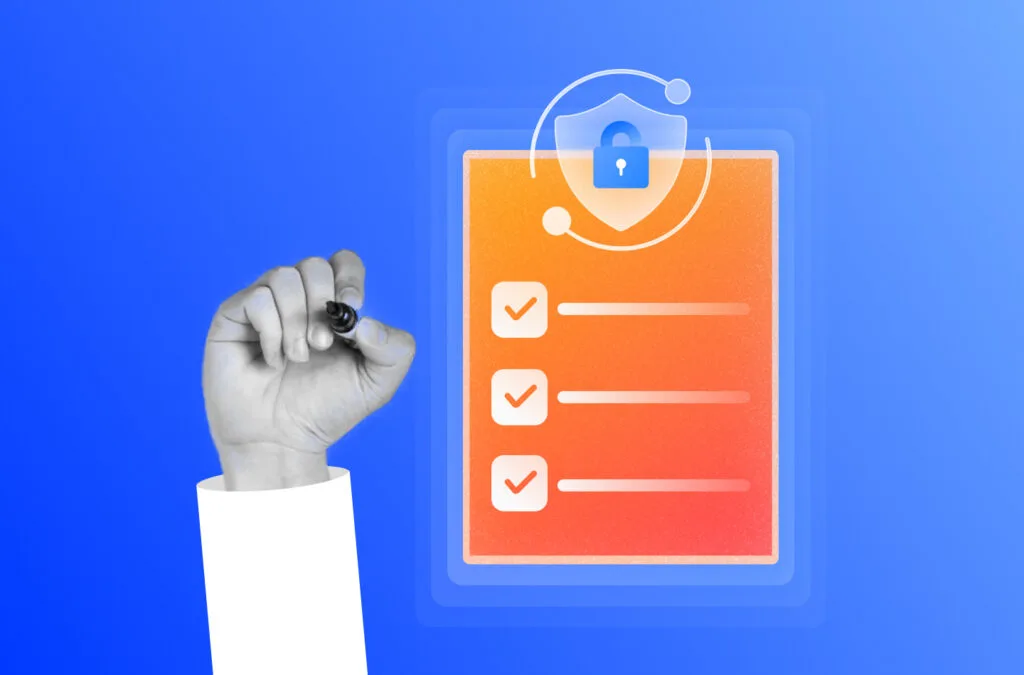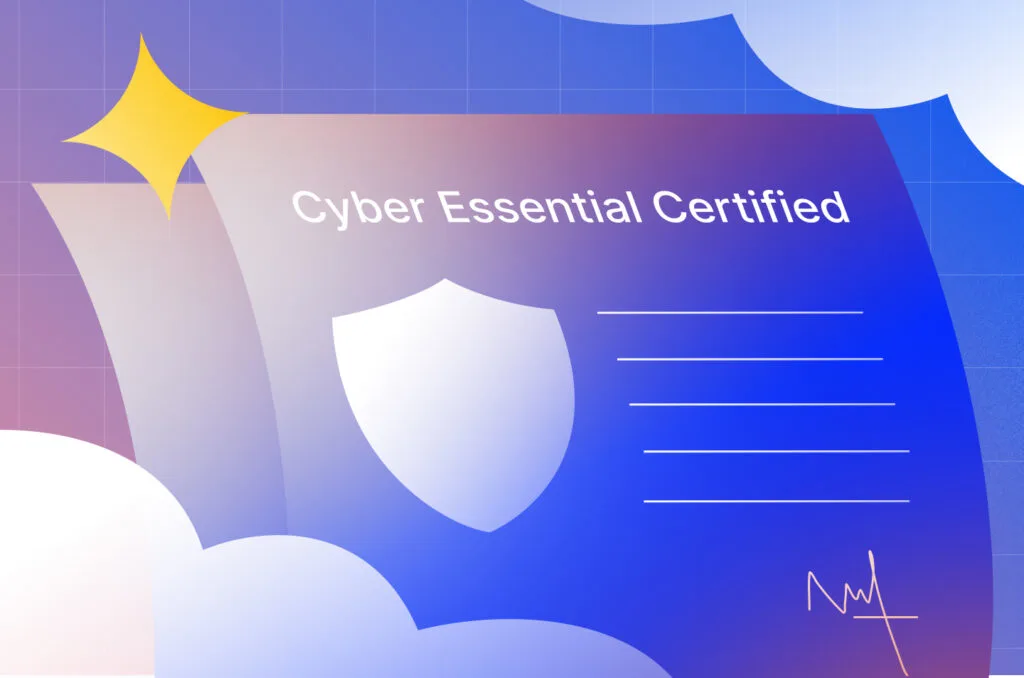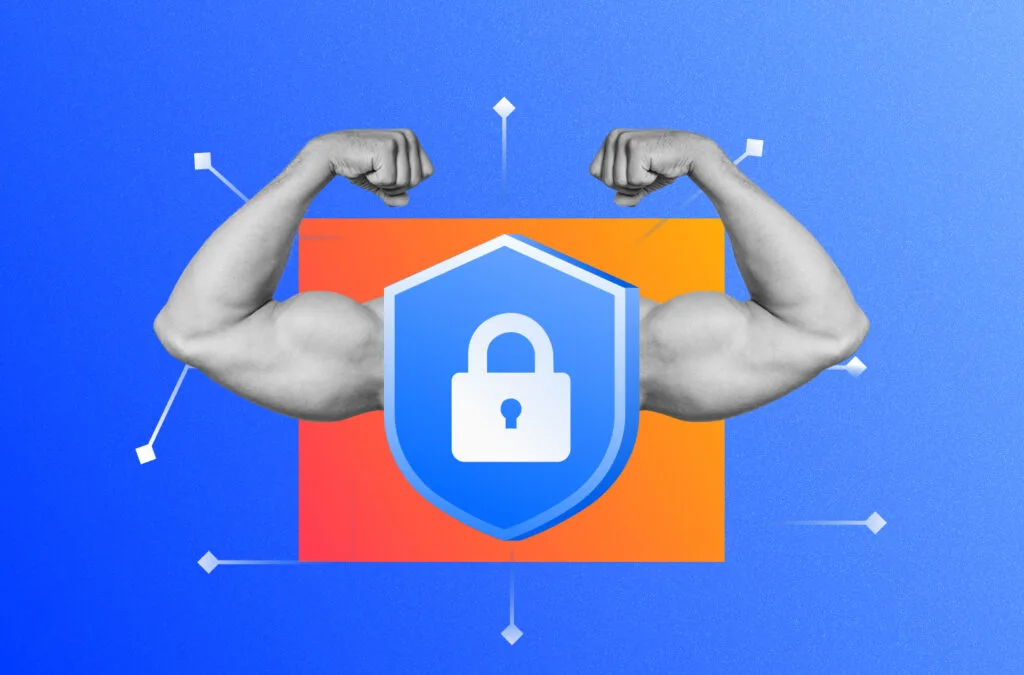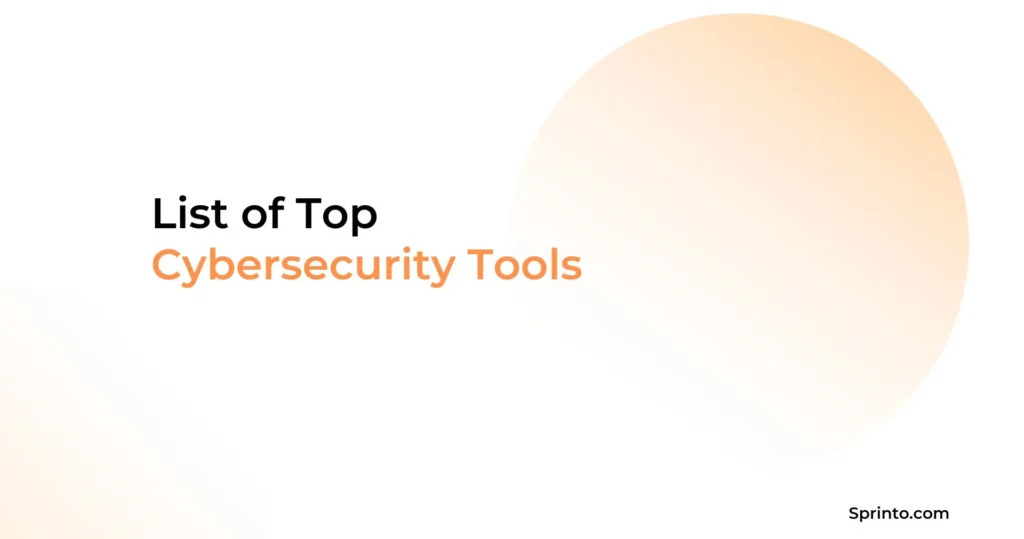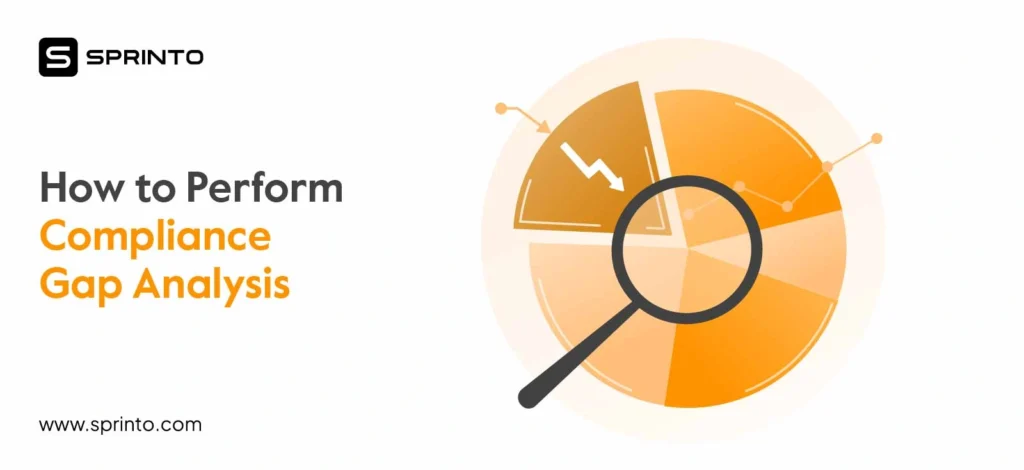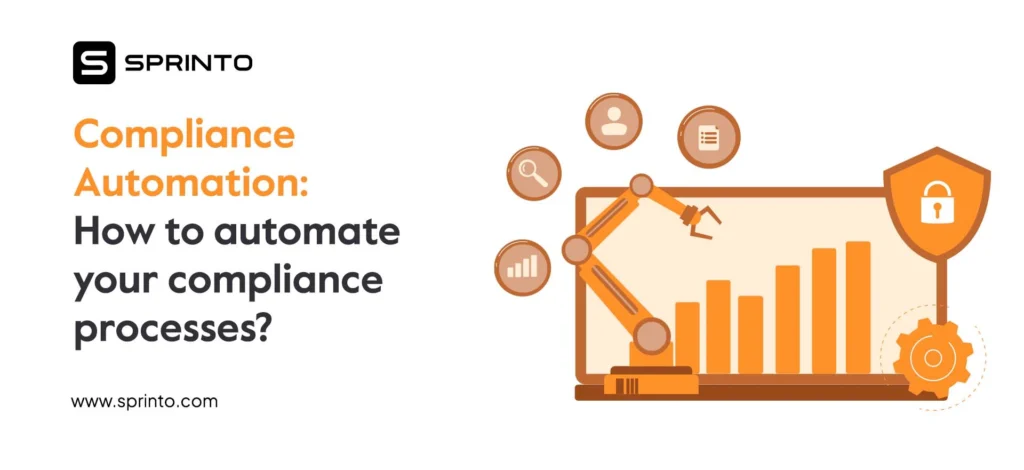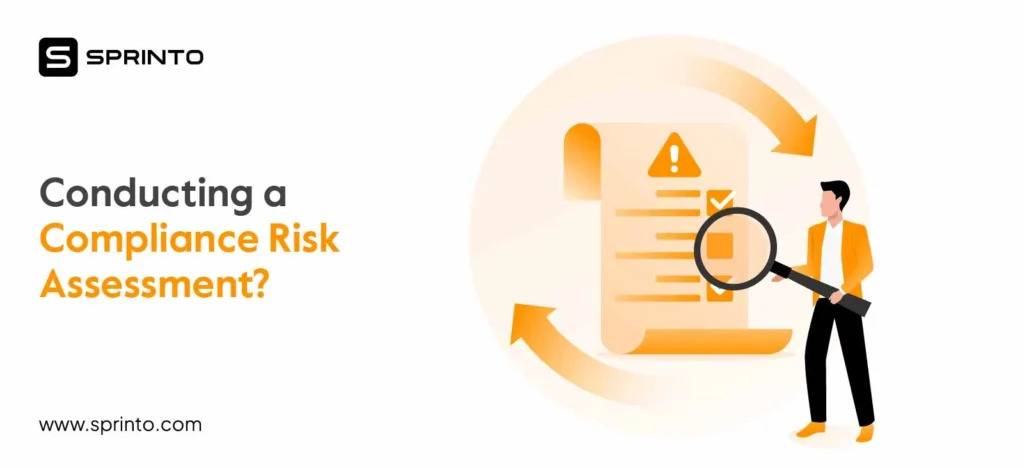Amid the rapid strides into the digital realm, the accompanying risks loom large. The emergence of Cyber Essentials stands as a pivotal response to these challenges within contemporary cybersecurity. Crafted by the National Cyber Security Centre (NCSC), this nationally recognized certification acts as a cornerstone, erecting a robust defense against prevalent online threats. Its implementation of fundamental security measures strengthens businesses of varying scales and provides a resilient shield against the ever-evolving landscape of cyber risks.digital era comes with its own risks.
Considered the first and crucial step towards a more secure network, Cyber Essentials protects against up to 80% of basic cyber breaches. Particularly vital for SaaS companies, this certification becomes a pivotal defense mechanism for managing sensitive client data on cloud-based platforms; it assures clients of robust security protocols, enhancing trust and credibility in a competitive market. In this blog we will take you through the essential aspects of Cyber Essentials certification, offering a comprehensive view of its importance and implementation.
| TL;DR The Cyber Essentials certificate covers fundamental security practices that protect businesses from up to 80% of basic cyber breaches. Cyber Essentials offers a self-assessment entry-level certification and the more rigorous Cyber Essentials Plus, which involves technical verification by independent experts. Certification pricing is tiered, starting from £300 plus VAT for micro businesses, up to £500 plus VAT for large corporations. |
What is Cyber Essentials?
Cyber Essentials is a fundamental set of standards and assessments to foster robust cybersecurity practices within companies in the United Kingdom. These guidelines offer a structured approach for organizations to implement technical and administrative controls, establishing a baseline for cybersecurity resilience.
Achieving Cyber Essentials certification signifies a commitment to safeguarding against prevalent cyber threats. Cyber Essentials certification offers two tiers, each with varying assessment depths:
Cyber Essentials is where organizations engage in self-assessment exercises covering fundamental cybersecurity principles. This tier is a starting point, providing a foundation for implementing additional security measures.
Cyber Essentials Plus involves thorough on-site audits conducted by external experts. This tier comprehensively evaluates an organization’s cybersecurity systems, providing an in-depth assessment of its security posture.
Tip:
Before you jump on to an on-site external audit, consider conducting an internal audit first to be more proactive.
What is the Cyber Essentials certificate?
The Cyber Essentials certificate is a UK government-backed certification scheme to help organizations protect themselves against common online security threats. It was introduced in 2014 as part of the UK’s National Cyber Security Programme.
The certificate is particularly useful for small and medium-sized enterprises (SMEs), but it can benefit organizations of all sizes.
Keep in mind that it needs to be renewed annually to ensure continued compliance with the standards. The UK government officially recognizes it and sometimes requires it for certain government contracts.
Who needs cyber essentials?
Cyber Essentials Certification is necessary for entities seeking central government contracts that involve the handling of sensitive data and personal information or providing specific technical products and services. This certificate is mandatory for bidding on such contracts, ensuring compliance with government cybersecurity standards, and safeguarding sensitive information.
Cyber Essentials vs Cyber Essential Plus
There are two levels of the Cyber Essentials certification:
- Cyber Essentials: A self-assessment option
- Cyber Essentials Plus: Includes the self-assessment and an independent technical verification
Distinguishing between Cyber Essentials and Cyber Essentials Plus is pivotal in navigating the terrain of cybersecurity certifications. While both serve to safeguard against cyber threats, they vary significantly in their assessment methodologies and security coverage.
| Cyber Essentials | Cyber Essential Plus |
| Entry-level certification | A more rigorous evaluation |
| Focuses on fundamental security controls and principles | Includes hands-on technical testing |
| Based on a self-assessment questionnaire and verifies basic security measures | Involves comprehensive technical verification by independent assessors. |
| Emphasizes protection against prevalent cyber threats | Validates more advanced security measures |
| Designed for organizations seeking a foundational level of cybersecurity assurance | Ideal for entities requiring a higher level of assurance and a more in-depth security validation |
| Suited for small to medium-sized businesses | Suitable for larger organizations |
| Provides a starting point to enhance cybersecurity measures | Offers a thorough assessment, ensuring a higher level of protection |
The above table highlights the critical distinctions between Cyber Essentials and Cyber Essentials Plus. However, you need to choose the appropriate certificate aligned with your organization’s security needs and maturity level.
Requirements of Cyber Essentials
Fulfilling the Cyber Essentials requirements act as a checklist to achieve your certification. These guidelines, articulated in the NSCS Cyber Essentials Requirements for IT Infrastructure, contain five significant components for establishing a strong cybersecurity framework.
Note that both Cyber Essentials and Cyber Essentials Plus adhere to similar requirements. The distinction is in the technical review, which provides an extra level of confidence regarding the effectiveness of an organization’s controls.

Here are the five requirements of cyber essentials:
Firewalls
Ensuring that every internet-connected device has firewall protection is crucial. Configuring firewalls to permit only necessary traffic, regular maintenance, and updates is critical. This discovers vulnerabilities in the internal networks and implements intrusion detection systems to identify security risks in the external networks. Fulfilling these requirements involves:
- Set strong administrative passwords or disable remote admin access.
- Restricting administrative access based on clear business needs.
- Blocking unauthorized connections automatically.
- Approval of inbound firewall rules by authorized personnel and swift removal of unnecessary rules.
- Installing software firewalls on devices used in untrusted networks.
Secure configuration
Configuring systems and devices securely involves mitigating vulnerabilities by limiting unnecessary services and ensuring robust password settings. To adhere to these requirements:
- Eliminate or disable redundant user accounts and software.
- Change default passwords and disable auto-run features.
- Authenticate users before granting access to business services.
- Establish robust unlocking controls requiring biometric data, passwords, or PINs.
User access control
Effective management of user access is critical to minimize risks associated with misuse or theft of accounts. Compliance involves:
- Implementing a structured process for creating and authorizing user accounts.
- Authenticating users before granting access.
- Regularly reviewing and eliminating unnecessary user accounts.
- Implementing multi-factor authentication whenever feasible.
- Utilizing specific accounts for administrative tasks.
A compliance automation tool like Sprinto supports role-based access controls for airtight security measures, continuous control monitoring, policy enforcement, and more.
Speak to our experts to know more
Malware protection
Protection against malware entails deploying anti-virus and anti-malware software, conducting regular scans, and ensuring these tools are updated and effective.
- Install malware protection on every business device and enable automatic file scans.
- Keeping malware software up-to-date.
- Restricting access to malicious websites.
Security update management
Continuously updating and refining security measures based on changing regulations and business objectives are vital. These requirements encompass:
- Maintaining all hardware and software with regular updates.
- Enabling automatic updates where feasible.
- Prompt installation of patch updates.
- Uninstalling software that lacks cybersecurity updates.
Read more: Security Posture: What Is It and Steps To Improve
How do you get Cyber Essentials certified?
The process for getting the cyber essentials certification typically takes a few weeks to complete. It depends largely on your organization’s size and complexity and your readiness to meet the requirements.
Here are the six key steps you have to take to get your business certified:
Step 1: Review the Cyber Essentials requirements
Conduct an internal audit of your current cybersecurity measures. Following that, identify and address any gaps in your security controls and get your stakeholders involved.
You can use the free Cyber Essentials Readiness Tool provided by the NCSC for gauge the requirements better.
Step 2: Choose certification level and body
Decide between Cyber Essentials (self-assessment) or Cyber Essentials Plus (includes external audit). Consider Cyber Essentials Plus for higher assurance and credibility, especially if you handle sensitive data or bid for government contracts, while standard Cyber Essentials may suffice for smaller businesses or those with limited budgets.
Select an accredited Certification Body from the NCSC’s official list after you compare pricing and services offered by different bodies.
Step 3: Complete self-assessment questionnaire (SAQ)
In the SAQ, answer detailed questions about your implementation revolving around the five basic security controls. You may have to provide evidence in the SAQ if asked for it.
This step should involve your organization’s IT staff or consultants to ensure accurate responses to all the questions.
Step 4: Submit and undergo verification
Send the completed questionnaire to your chosen Certification Body. For Cyber Essentials Plus, schedule and prepare for the external audit. Be prepared to provide additional information or clarification if requested.
Step 5: Address feedback and achieve certification
Implement any required changes based on the assessor’s feedback. Once approved, you will receive your Cyber Essentials certificate.
Tip: Plan to display your certification on your website and marketing materials to impress your clients.
Step 6. Maintain and renew certification
Cybersecurity certifications must be taken as ongoing tasks. Hence, implement continuous cybersecurity improvements. Set a reminder for the annual renewal of your Cyber Essentials certificate. Consider using your certification process as a framework for continuous security enhancement
Benefits of Cyber Essentials
Acquiring Cyber Essentials accreditation serves as a robust defense shield, shielding businesses from cyber threats and vulnerabilities. It not only enhances trust and credibility but also provides a strong mechanism to safeguard digital assets. Here are a few significant benefits:
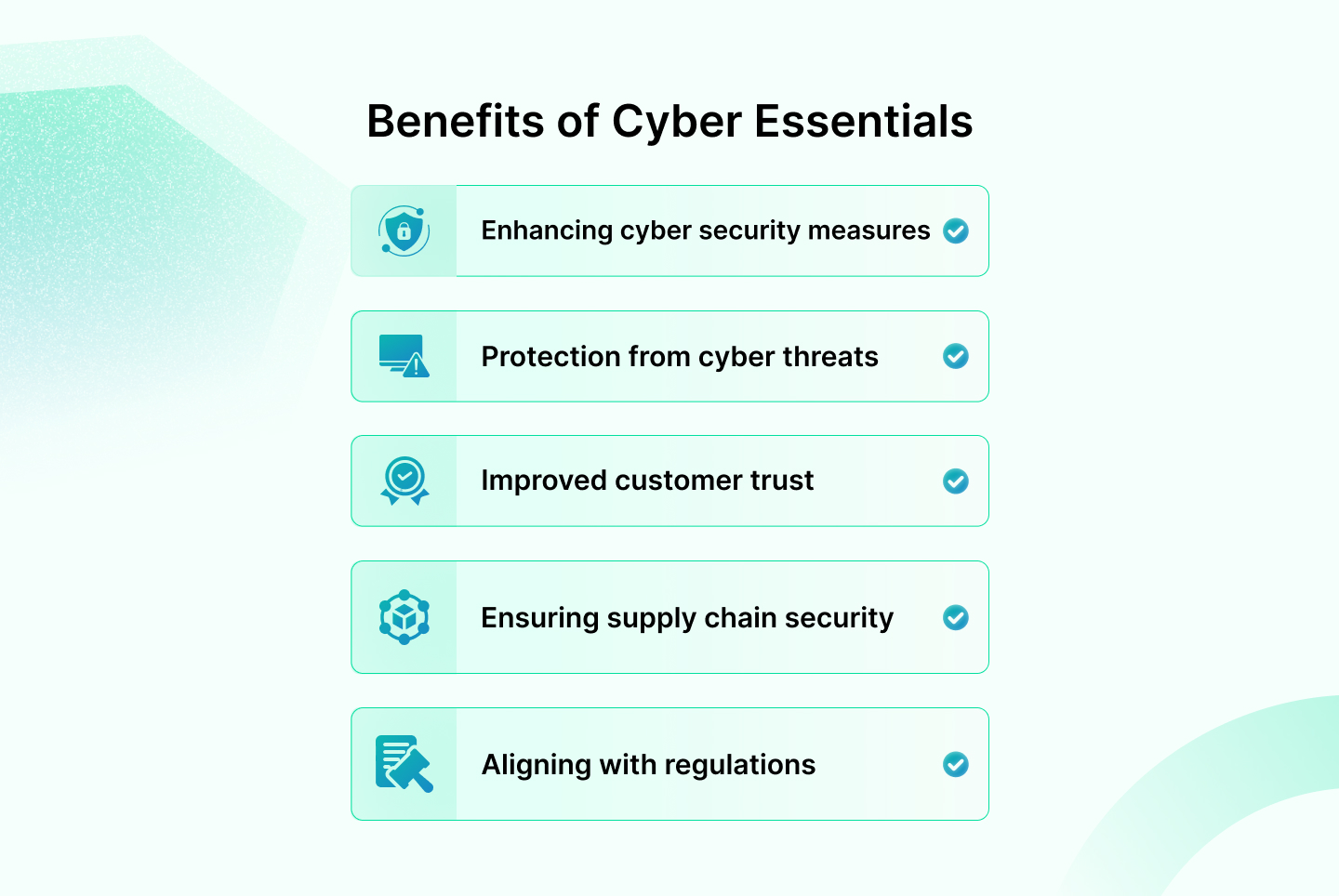
Enhancing cyber security measures: This program enables organizations to assess their current cybersecurity standing, pinpointing vulnerabilities and opportunities for advancement. It streamlines and strengthens an organization’s security infrastructure, facilitating improved understanding and oversight of security protocols by IT teams.
Protection from cyber threats: To successfully navigate the treacherous landscape of modern cyber threats requires demonstrating resilience against common low-level attacks. Certification serves as concrete evidence of safeguarding against hackers effectively lowers the likelihood of falling victim to malware or experiencing data breaches.
Improved customer trust: By gaining Cyber Essentials certification, businesses demonstrate their dedication to safeguarding data, thereby appealing to clients who value secure transactions and enhancing the company’s standing.
Ensuring supply chain security: This is a critical aspect of business operations. It’s worth noting that being included in the UK’s NCSC Database is a testament to a company’s commitment to responsible and secure practices. This acknowledgement significantly bolsters trust and reliability in collaborative business endeavors.
Aligning with regulations: Although Cyber Essentials certification isn’t obligatory, it ensures that corporate processes comply with data security regulations and could serve as a prerequisite for particular UK government contracts, thus guaranteeing adherence to industry standards and regulations.
Sprinto provides comprehensive control over your security measures at the entity level, facilitating risk assessments and automation across various tiers. With an intuitive dashboard, you can effortlessly oversee and manage your organization’s cybersecurity posture while meeting Cyber Essentials requirements seamlessly.
Speak to our experts today to learn more.
How much does Cyber Essentials certification cost?
The pricing for this is (verified self-assessment) operates on a tiered structure, aligning with globally recognized classifications for micro, small, medium, and large enterprises. Here’s a simple breakdown:
- For micro businesses (0-9 employees), the cost is £300 plus VAT.
- Small-sized companies (10-49 employees) are charged £400 plus VAT.
- Medium-sized enterprises (50-249 employees) incur a fee of £450 plus VAT.
- Large corporations (250+ employees) are quoted £500 plus VAT for certification.
Enhance your cyber security endeavors
A recent study suggests that cybercrime could cost the world an estimated $10.5 trillion by 2025. With data breaches and cyber crimes rising across all industries, cyber threat protection through schemes like Cyber Essentials should become an integral business strategy. This proactively positions your organization securely today and for the increasingly digitized future. The relatively low cost and ease of implementation make cyber essentials hugely beneficial.
Sprinto is a smart compliance automation solution that empowers organizations to thoroughly analyze their cybersecurity controls, track threats and vulnerabilities, perform compliance checks, and consolidate potential risks for developing effective mitigation strategies. Overall, Sprinto proactively minimizes the risk of attacks and amplifies your cybersecurity endeavors, instilling trust and confidence in your clients.
Frequently Asked Questions (FAQs)
What does Cyber Essentials cover?
Cyber Essentials covers five key areas: firewalls, secure configuration, user access control, malware protection, and security update management. These areas focus on basic but critical security practices.
Why is Cyber Essentials important?
Cyber Essentials helps businesses establish essential security practices to safeguard against cyber-attacks like malware, phishing, and hacking. It builds a strong foundation for better online protection.
Is Cyber Essentials a one-time certification?
Cyber Essentials certification needs renewal annually to ensure ongoing compliance and up-to-date security practices.
Is cyber essentials a legal requirement?
It is not a legal requirement, but some government contracts and industry bodies highly recommend it as a minimum security standard. It’s always advisable to check specific industry regulations or contractual obligations to determine if Cyber Essentials certification is required, as legal requirements might evolve.
Is Cyber Essentials certification mandatory?
Cyber Essentials certification is not universally mandatory, but it is required in certain situations:
- For UK government contracts: It’s often mandatory for suppliers bidding on certain government contracts, especially those involving handling sensitive data.
- For Ministry of Defence (MOD) contracts: Typically required for contracts involving the MOD.
- Industry requirements: Some industries or larger corporations may require their suppliers to have Cyber Essentials certification.
How long does it take to get Cyber Essentials certified?
The time to obtain Cyber Essentials certification typically ranges from 2-8 weeks, depending on the level chosen (Cyber Essentials or Cyber Essentials Plus) and your organization’s current security posture. Cyber Essentials self-assessment usually takes 2-4 weeks, while Cyber Essentials Plus may take 4-8 weeks due to the external audit.
Gowsika
Gowsika is an avid reader and storyteller who untangles the knotty world of compliance and cybersecurity with a dash of charming wit! While she’s not decoding cryptic compliance jargon, she’s oceanside, melody in ears, pondering life’s big (and small) questions. Your guide through cyber jungles, with a serene soul and a sharp pen!
Explore more
research & insights curated to help you earn a seat at the table.



